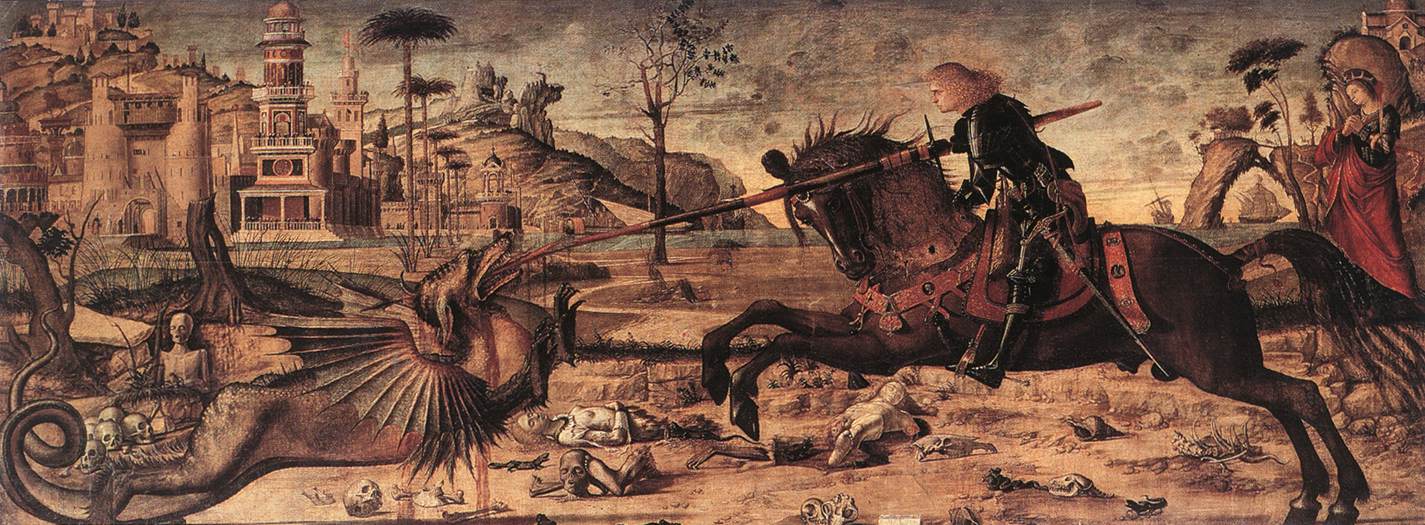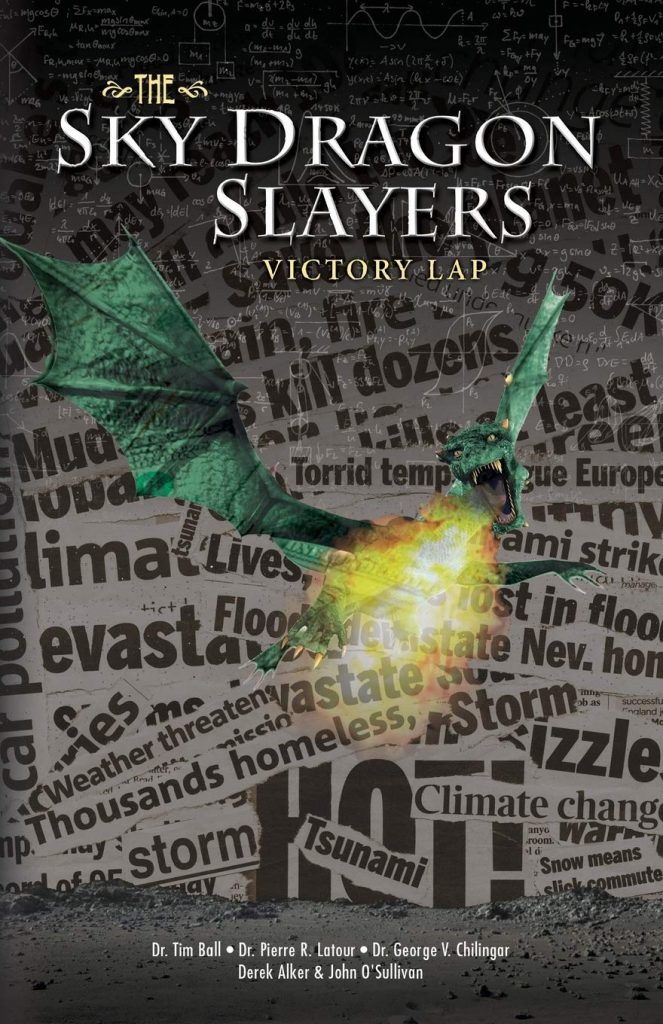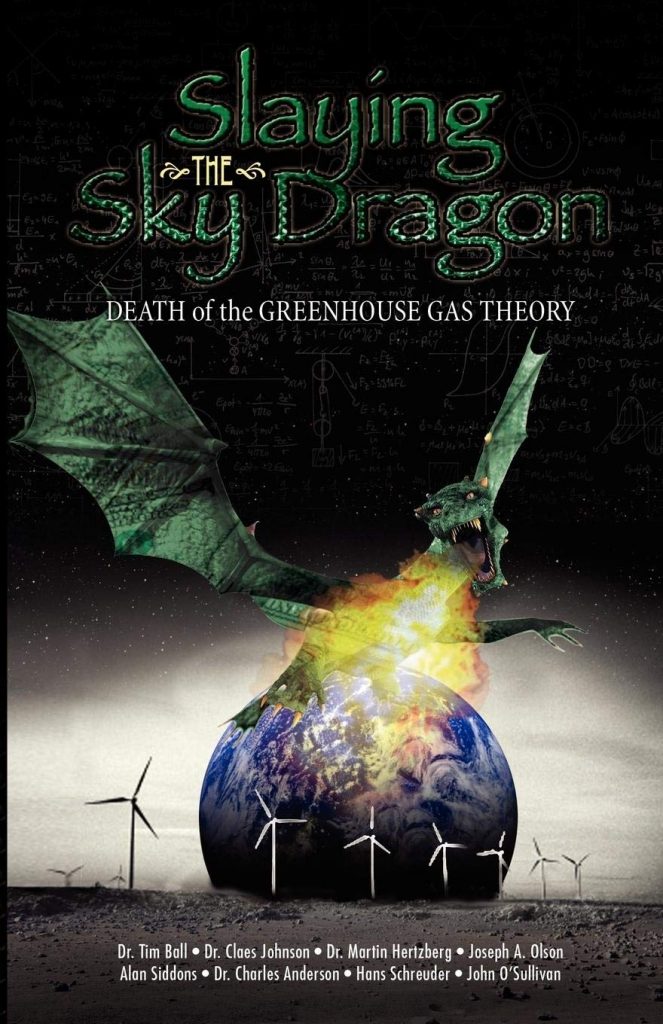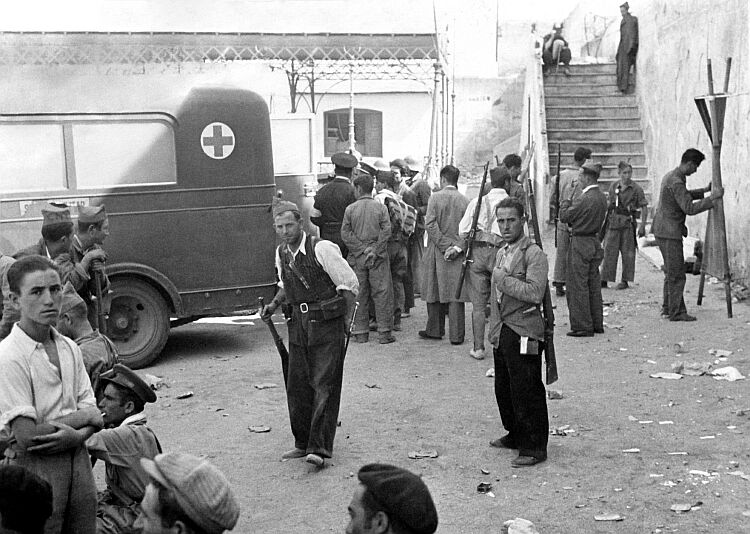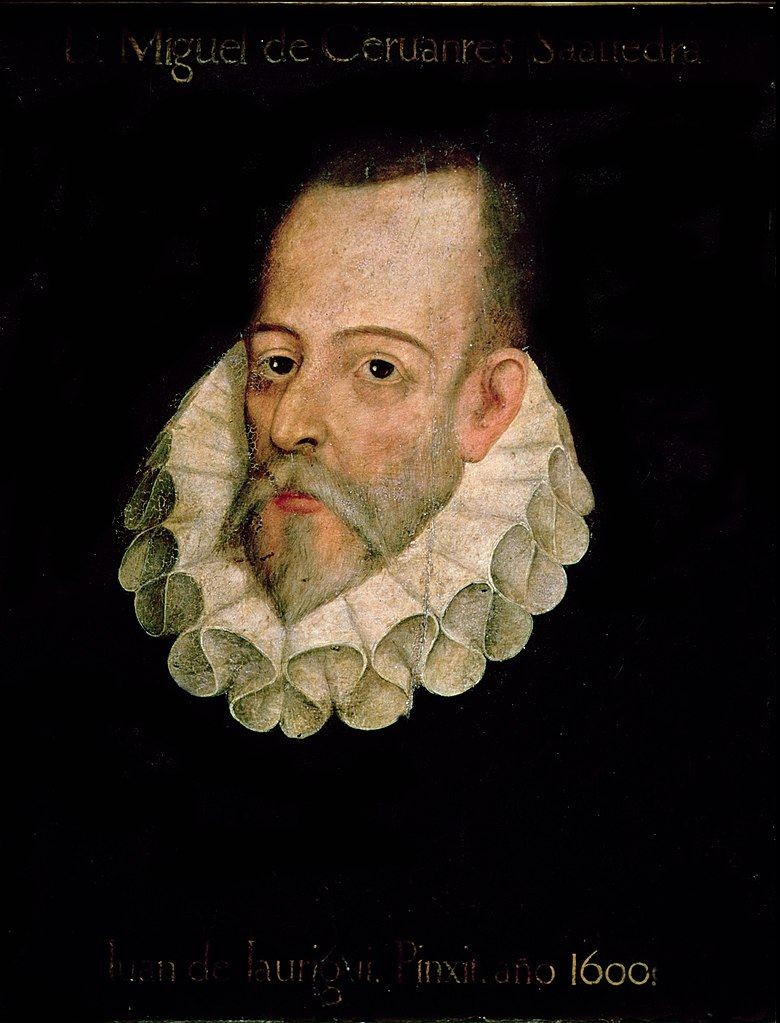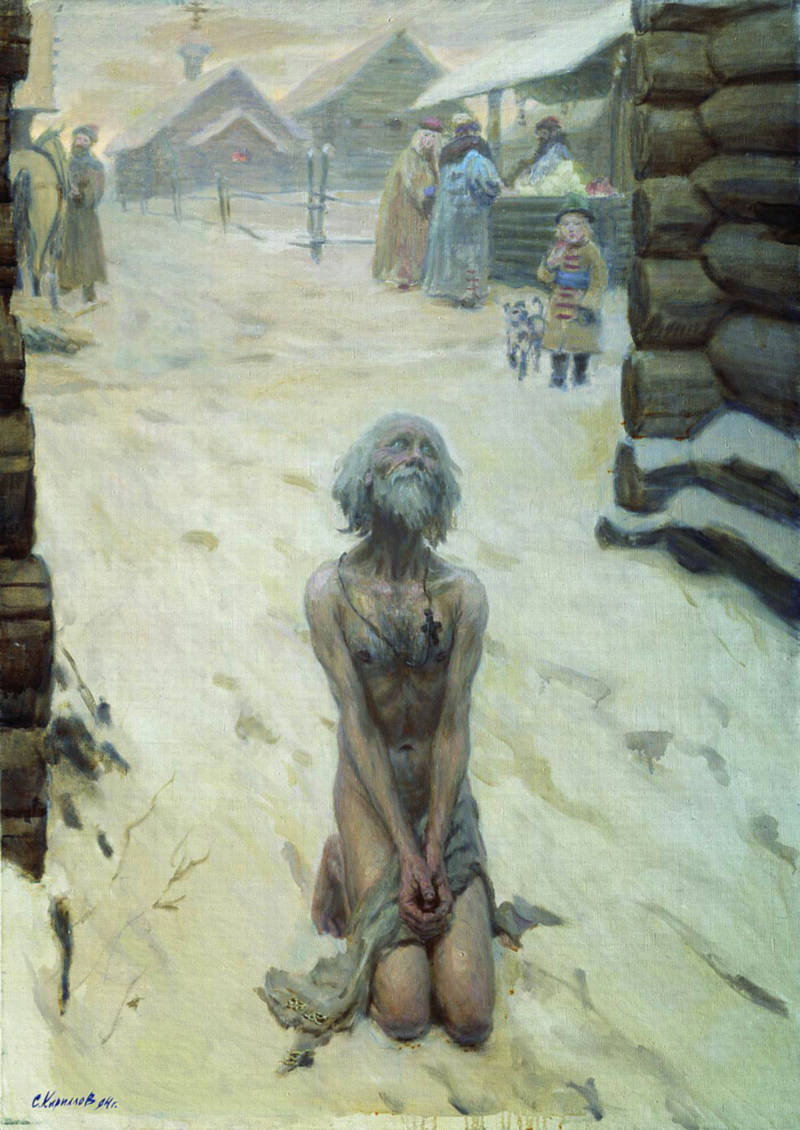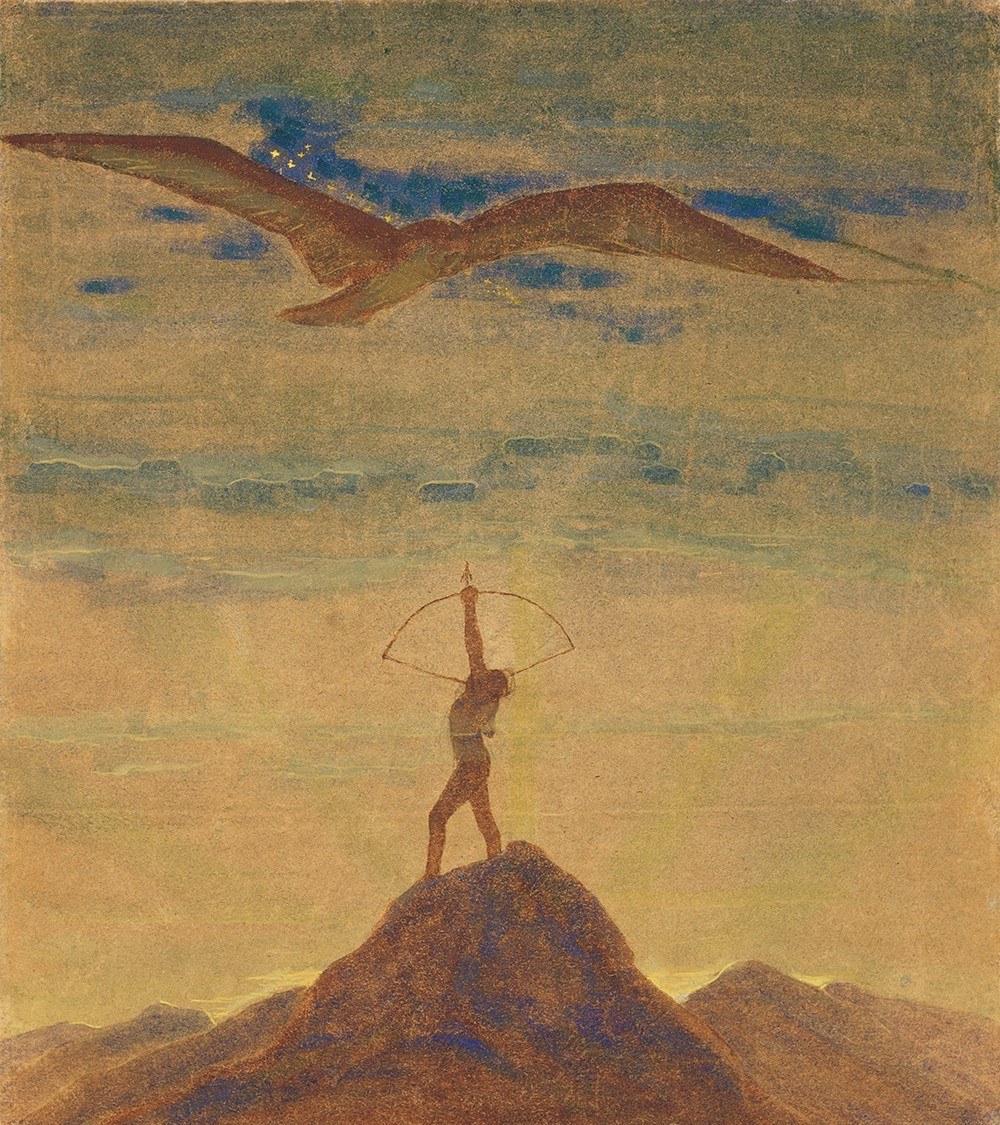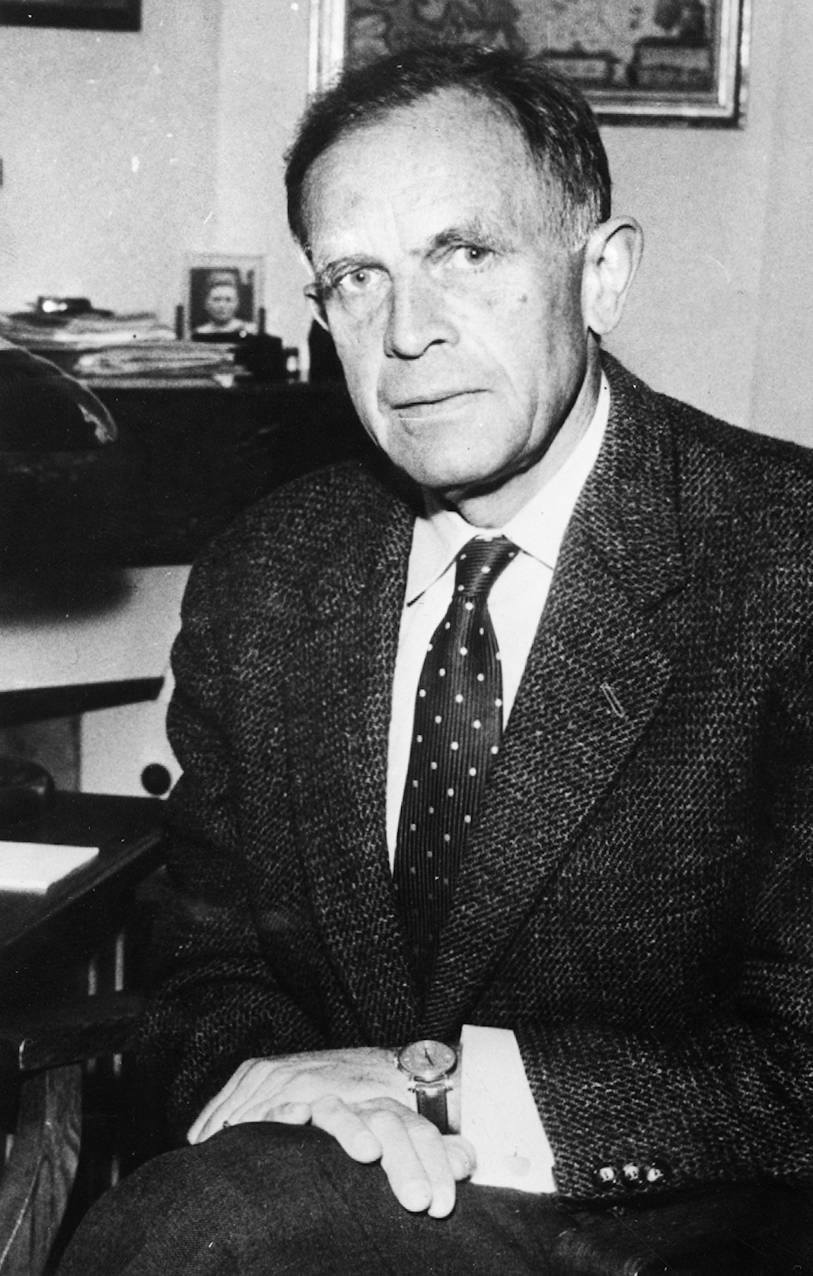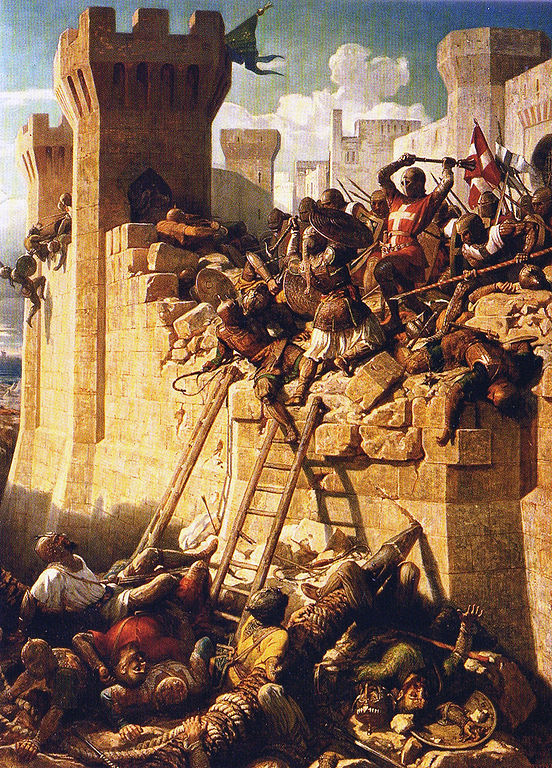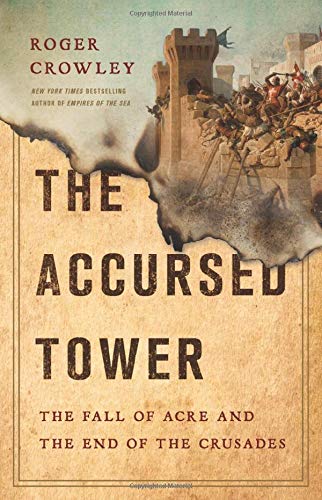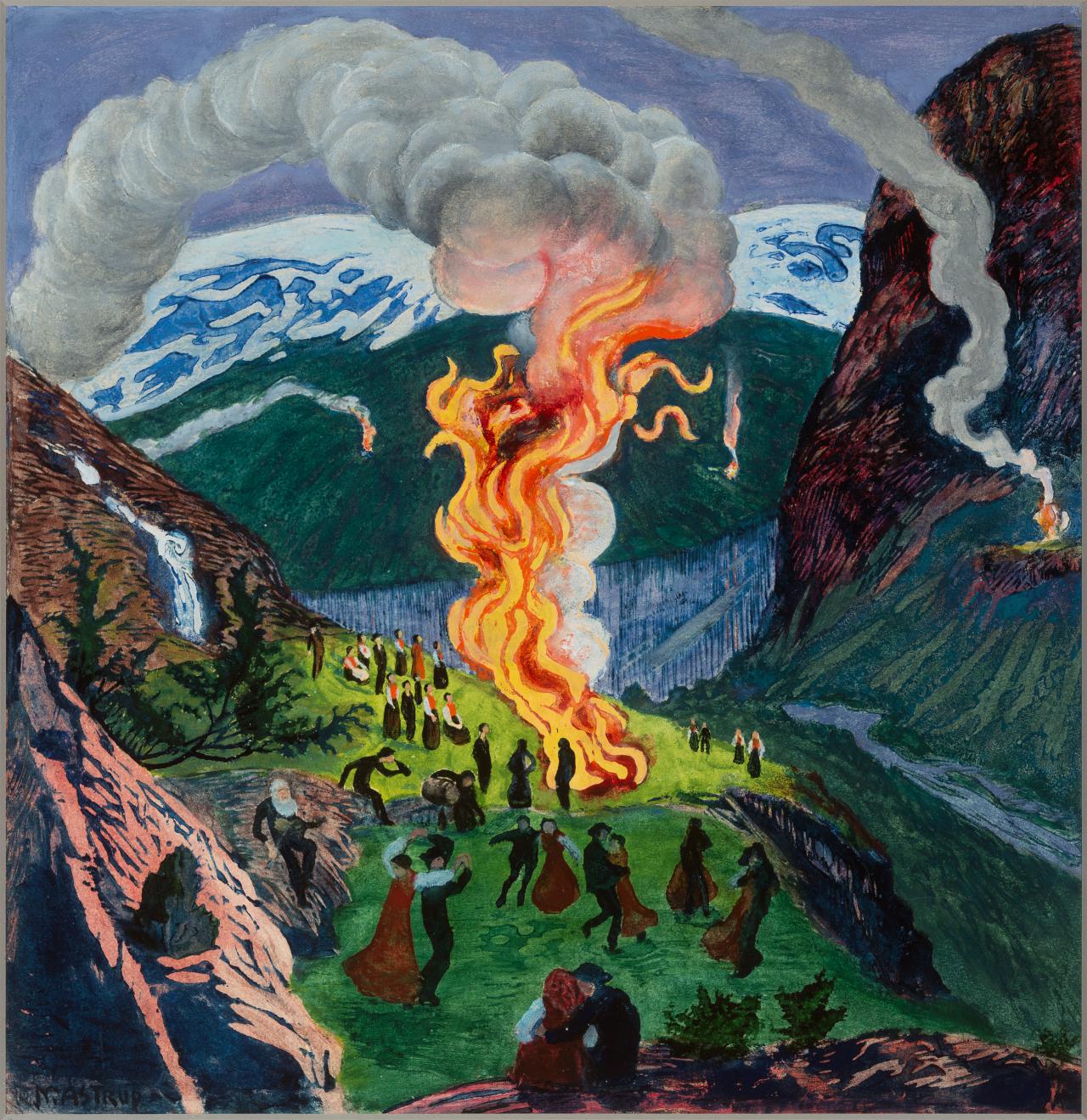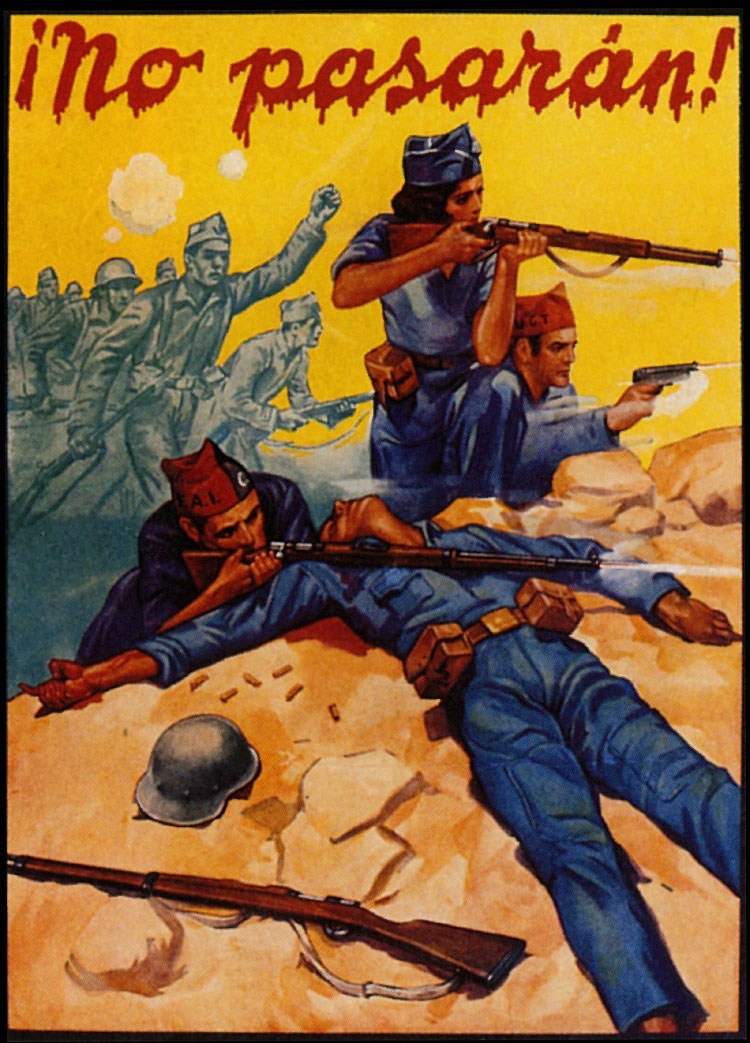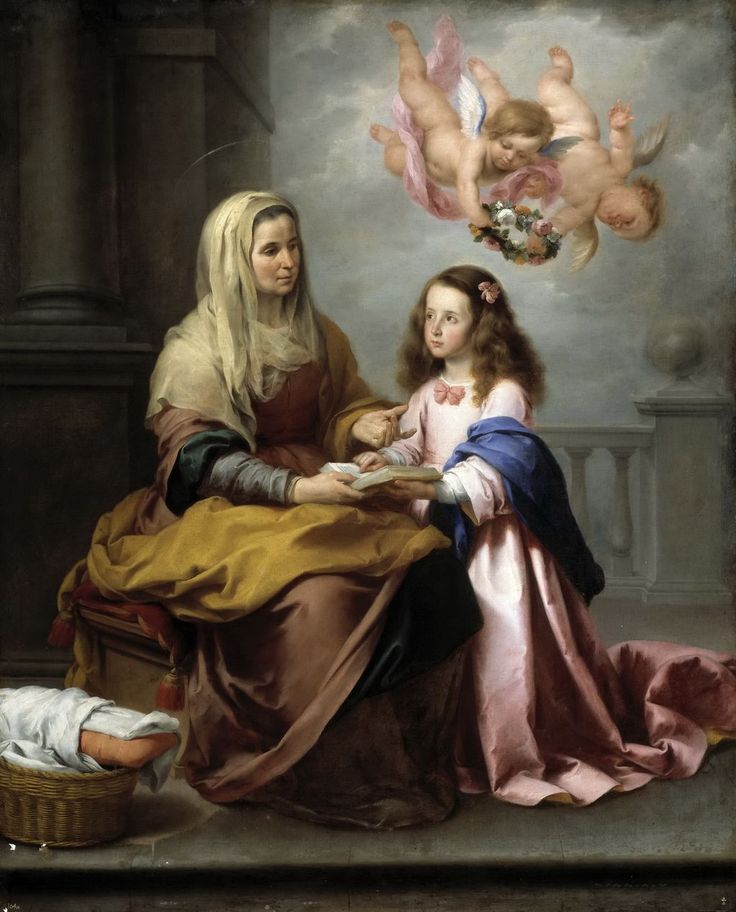In our time, as truth corrodes, myths become necessary. As people drift away from truth, they readily agree to intrusive governments – and such invasive governments give consent to supranational entities and conglomerates who then use myths to manufacture political, social and economic consent.
The sales-force that sells these fictive narratives is the vast media-education-entertainment complex which employs, for such purposes, the punditry of experts, the professoriate, globe-trotting zealots, and sanctimonious thespians. Any dissent from these fables is decried, ridiculed, and suppressed.
One such myth is CO2 in the role of the arch-enemy, Hades-bent on heating up the planet, until life becomes impossible; and it is treacherous human activity that has set free this culprit into the hapless atmosphere to work havoc. After much struggle with vile traitors who greedily serve the villain CO2, and their henchmen, the climate change deniers, a few wise politicians and selfless NGOs will finally hurl CO2 into the netherworld of Zero Emissions, from which it will never rise again. Thus, the planet was saved and is now inhabited by fewer but better humans.
People love stories. The more far-fetched the better. The greater the lies, the more believable it is.
The reality is that the monster, the villain is not CO2 and the Greenhouse Effect. The monster is the myth itself, whereby human life – and the very future of humanity – is being asked to conform to the dictates of the lie that is “catastrophic climate change.” An entire complex of anti-human strategies are now justified by way of this lie – carbon taxes, deindustrialization, veganism, fossil fuel divestment,a green economy, population reduction, Gaia worship, green ethics – a brave new world.
It is precisely this global warming, catastrophic climate change myth that The Sky Dragon Slayers. Victory Lap sets out to slay. This book is a follow-up to the earlier work, Slaying the Sky Dragon. Death of the Greenhouse Gas Theory, which was published in 2011, and which, as the title suggests, did destroy the pretense to “science” that revilers of CO2 leaned upon.
But in the ensuing decade, the myth of global warming has become more deeply entrenched – a lie that must not be questioned. Why this has happened is an important question, and it points to the success of the mythographers, who have a very clever trick up their sleeve – namely, the denial of truth.
Thus, we are supposed to be living in a “post-truth” world, in which “truth” is nothing more than a social construct, where there is only “your truth” and “my truth.” Such “truth” is personal preference, personal taste. In this way, both purpose and meaning are called into question, which brings about cynicism and gullibility; and, thus, people are the more easily led by “thought-leaders,” who serve many masters.
In such a hollowed-out world, climate change is packaged as piety. As Tim Ball observes in his Foreword to the book, “It is hard to believe that such false information as that created and perpetuated by the UN Intergovernmental Panel on Climate Change (IPCC) continues to exist. Worse, it goes almost unquestioned and is the prevailing view.”
Ken Coffman in his Publisher’s Note succinctly captures the dynamics of this piety: “We have to give credit to the manipulators – they achieved a lot based on nearly nothing. The human-caused global warming was destructive, wrong and stupid, but masterful use of hyperbole and fear-mongering.”
Earlier, Coffman had noted, “There is no limit to the ways a bad theory can be false.” It soon becomes obvious that the climate change myth is not about science – but about power – and to those who manage the levers of power, truth will always be inconvenient and dangerous, and must, therefore, be suppressed. Truth is the greatest foe of ideology.
The Sky Dragon Slayers. Victory Lap offers this truth which is dangerous to those who sell the climate change myth. Thus, in Chapter 1, the entire premise of climate alarmism, of irreversible, catastrophic natural changes, brought about by human activity, is systematically dismantled and then destroyed.
The weapon which slays this mythic beast is the precise definition of what science really is and what it is not. The first Chapter carefully differentiates between the traditional scientific method and “post-normalism.” The former is empirical, rational, and cumulative, where predictions become laws when they can be repeated and always yield the same results. These results become evidence which leads to conclusions, or laws, about reality.
Here, Karl Popper’s famous paradigm serves as a guiding principle: “In so far as a scientific statement speaks about reality, it must be falsifiable; and in so far as it not falsifiable, it does not speak about reality.” In other words, truth is first known by evidence and then truth is known by how it is lied about. In our era, post-truth is the lie about truth.
We have to bear in mind that those in power have persuaded many that biological reality of the two sexes is a lie, while the lie of gender-fluidity, that a person can choose his/her own sex – is the truth. This is precisely what Popper meant by falsifiability. We can know truth, when others feel an urgent need to lie about it.
This lying is post-normalism, which stems from norm criticism and intersectionality; both are now de rigueur in all of academia. This means that, by and large, to be educated nowadays means to believe in and promote lies. In such a topsy-turvy world, post-normalist science serves power, not truth, since “facts are uncertain, values in dispute, stakes high and decisions urgent,” as per Silvio Funtowicz and Jerome Ravetz.
Such flapdoodle, always uttered with a very serious face, is about managing and controlling the “stakes” and the “decisions,” in which science must be nothing more than another rhetorical device to brainwash people.
This is made rather plain, in case of any doubt, by the academic Mike Hulme: “Self-evidently dangerous climate change will not emerge from a normal scientific process of truth seeking, although evidence will gain some insights into the question if it recognizes the socially contingent dimensions of a post-normal science. But to proffer such insights, scientists – and politicians – must trade (normal) truth for influence.” Post-normal “science” is politics by other means.
Thus, climate change is not about the climate – it is not about the environment. Instead, it is an absurd attempt to play God – to change how life exists on the planet. And this existence is to benefit the few, rather than the many, via the Fourth and the Fifth Industrial Revolutions – the point being to cull humanity, so it can pollute less. The shade of Malthus once again raises its head. We are in a death-struggle between two opposing views of humanity. One sees human beings as a harmful virus in the body of noble Gaia, which must be controlled, if not eradicated – and the other which sees great value in human life. It is an epic battle between good and evil.
After Chapter 1, which is the longest of the book, the remaining chapters serve as mop-up operations, in which the various limbs of the dragon that is catastrophic climate change are lopped off and destroyed.
Thus, Chapter 2 tosses the famous Hockey Stick Graph into the dustbin of history. As is well known, this graph, the fabrication of Michael Mann, was the show-piece of the IPCC, and made famous by Al Gore – and it remains to this day the most iconic image of climate alarmists. It purported to “prove” that CO2 trapped heat like a blanket and thus heated up the planet, until life would eventually become impossible.
Things came to a head for Mann when he filed a multi-million-dollar lawsuit against Dr. Tim Ball, who had quipped that Mann was from Penn State but more properly belonged in the state pen, given his many falsifications of data.
Throughout this ordeal, Dr. Ball insisted that he wanted Mann to show his “secret science,” or the R2 Regression Numbers, in court, which Mann claimed he had used to fashion his Hockey Stick Chart, aka the Hokey Schtick. The Supreme Court of British Columbia dismissed Mann’s lawsuit and awarded the defendant Ball full legal costs. Such is the cunning of reason – Mann was undone by the very mechanism he had devised to destroy Dr. Ball. God indeed works in mysterious ways!
Chapter 3 guts the myth of the Greenhouse Effect, which is still taught as monolithic truth throughout the education system because it is post-normal science. According to the IPCC (whose usefulness would vanish in a trice if it had to rely on truth rather than post-normal science) the Greenhouse Effect is to be described in this way:
- The Earth’s surface is warmed by both the Sun and the energy coming back from the atmosphere.
- The Earth’s surface in turn radiates all the energy, which is wholly absorbed by the atmosphere.
- The atmosphere then radiates half of that energy into space and the other half back to the Earth’s surface.
- The result of this continual process is that the Earth’s surface becomes warmer than it would be if it were only warmed by the Sun.
In this model, CO2 becomes a heat-trapping blanket enwrapping the planet. The solution, therefore, is a straightforward one – get rid of the blanket! Hence, all those calls to reduce the “carbon footprint,” to stop using dirty fuels, to save the planet from reaching a “tipping-point,” from which there will be no return. And so forth.
Although this fuels climate alarmism very efficiently, this myth, of course, has nothing to do with scientific facts. The atmosphere is colder than the earth’s surface, so heat cannot bounce back from above, because “colder cannot heat hotter.” Energy is not wholly absorbed by the atmosphere. Some of it escapes into space, the rest is stored in the earth and the oceans and is used to evaporate water.
Any energy that returns to the earth from the atmosphere is always colder, never hotter than the earth’s surface. Therefore, energy returning from the atmosphere can never heat up the planet. All the four points promoted by the IPCC are in fact lies – or, rather, they are post-normal science. It is the sun which heats the planet, while excess heat is radiated out into space.
Chapters 4 and 5 are historical in nature, as they trace the development of various radiation theories, from 1871 to 2010. All the models proposed during these nearly 140-years cannot together prove that heat radiated back to the earth from the atmosphere does actually heat the planet.
In 2010, Claes Johnson called into question the theories of Max Planck and Albert Einstein – and thereby clearly demonstrated that “HEAT can ONLY be transferred from the warmer to the colder body as required by the 2nd law of thermodynamics.”
Chapter 6 is a summary of a paper by George V. Chilingar, which shows that CO2, in fact, cools the planet rather than heats it up. This happens because as “the infrared radiation is absorbed by the molecules of greenhouse gases, its energy is transformed into thermal expansion of air, which causes convective fluxes of air masses restoring the adiabatic distribution of temperature in the troposphere… estimates show that release of small amounts of carbon dioxide (several hundreds PPM), which are typical for the scope of anthropogenic emission, do not influence the global temperature of Earth’s atmosphere.” Thus, the myth of global warming is slain.
Chapter 7 records the results of an experiment conducted by Professor Nasif Nahle, with IR thermometers and radiometers, in which he shows that back-radiation from the atmosphere to the Earth’s surface is not real. As Nahle explains, “It is very clear from Thermodynamics and Stefan-Boltzmann Laws that heat is transferred exclusively from warmer surfaces towards cooler systems, never the opposite, and this experiment demonstrates, it is applicable to [the] climate system.” Again, global warming is a lie.
Chapter 8 lays out the experiment carried out by Carl Brehmer in which he shows that the positive water vapor feedback hypothesis is false. The premise of this hypothesis is that “if something increases the Earth’s temperature, this will cause an increase in the evaporation of water into water vapor.”
This leads to increased humidity, which in turn absorbs more infrared radiation from the earth’s surface, thus warming the air and allowing it to hold more water vapor. This supposedly leads to more evaporation, so that humidity continually increases, thus heating up the planet.
By way of a series of experiments, Brehmer discovers that although it is true that higher temperatures create higher humidity through evaporation – it is not true that higher humidity leads to warming. In fact, humidity has a cooling effect, whereby areas that produce higher humidity are cooler than arid areas. This means that “water acts as the Earth’s thermostat and not its heater.”
This falsifies “any notion that there could ever be runaway global warming driven by positive water vapor feedback where the oceans evaporate into the atmosphere and all life on Earth perishes. Why? Because ‘water feedback’ is negative feedback… the presence of water on our planet acts as a stabilizing force, exerting negative feedback against temperature change – up or down.” Evaporation, therefore, continually stabilizes temperature. It cannot increase temperature.
Chapter 9 is a very important study, by Tamarkin and Bromley, of carbon dioxide. Currently, two views predominate. The first is scientific in that CO2 is the “gas of life,” which provides the carbon that all life on this planet needs. Then, there is the post-normal view, promoted by the IPCC, which regards CO2 as a pollutant and which, therefore, must be eliminated.
Given the funding-clout and global influence of the IPCC, it is the latter view that is the norm and which resonates the most with the public at large, because it is easily comprehensible and requires a straight forward plan of action – get rid of the pollutant. To manufacture consent, various computer models have been generated which use the “Radiated Greenhouse Emissions” theory for the usual alarmist predictions – if we do not do something right now, the climate will change so drastically that life on this planet will become difficult if not next to impossible.
As Tamarkin and Bromley rightly remark: “No demonstrable, empirical evidence of this theory is available. No signs of anthropogenic climate change have been discovered.” Even the much-repeated statistic that humans are responsible for increasing atmospheric carbon dioxide by 33 percent is entirely false – because actual evidence shows that manmade carbon dioxide is so low that it cannot even be measured and burning fossil fuels does not impact climate change.
In other words, the only “evidence” is a mathematical computer model, which is contrived to fulfill the demands of alarmist ideology – because the conclusions suggested by this model cannot be observed in nature, nor recreated in experiments. Thus, the political notion of catastrophic climate change, because of Radiated Greenhouse Emissions, is fake news, a grand hoax. More post-normal science hard at work to strip you of your freedom and your dollars.
But more worrying is the fact that this hoax is responsible for affecting real human lives. Politicians are busy implementing real-world policies to counter the effects of a theoretical, computer model. If all this were not so tragic – it would all come off as a silly comedy skit. But the carbon taxes, the war on fossil fuels, the demand for population reduction, the clamor for a one-world government (which might the more effectively “save” this planet via policies that will continually curtail and ultimately deny human freedom) – all these are becoming startlingly real.
Far from destroying the planet as a “pollutant,” CO2 is actually greening the planet, because it is the basis of all life on earth. Also, measurement of infrared radiation suggests that the planet is actually cooling rather than heating up. These various cooling and warming events are natural – and not the result of human activity.
Chapter 10 is the “victory lap,” which details the various achievements of the many brave and resolute scientists who did not kowtow to the IPCC nor submit to political pressure and agree to produce “post-normal science.” Here is a brief list of the changes brought about by these valiant men and women:
- The foremost British climate scientist, Dr. Phil Jones, admitted that the so-called “historic” temperature data was fake. This became known as the “Climategate scandal.”
- The work of George Chilingar and John Robertson has positively impacted heat transfer physics, so that other scientists also now agree that adiabatic pressure accounts for the variance in temperature – a process in which CO2 plays no part whatsoever.
- In 2017, a group of Italian scientists was forced to admit that climate models are “very likely flawed,” since there has been no warming trend over the past century. This means that the greenhouse gas theory can no longer be sustained.
- It is now known that there is no “tipping point” whatsoever, since carbon dioxide does not drive temperature change.
- Oxford University’s Myles Allen has conceded that there is no rapid warming happening anywhere on the planet.
- William Happer of Princeton University admits that the various climate change models do not work because they are fundamentally flawed: “They haven’t worked in the past. They don’t work now. And it’s hard to imagine when, if ever, they’ll work in the foreseeable future.” In other words, climate alarmism has no basis whatsoever in science.
- Patrick Michaels and Chip Knappenberger of the Cato Institute and the journal, Nature Geoscience, now acknowledge that warming has been on the low end of all model predictions for the last sixty years.
- Kenneth Richard compiled evidence from over thirty peer-reviewed papers, which showed that all the regions of the earth have been cooling over recent decades. Richard then asks a pertinent question: “One has to wonder how and from where a large net ‘global warming’ signal could have been obtained when there has been so much regional cooling.” Obviously, the answer is simple “global warming” is a lie.
- In 2012, the influential science magazine, Nature, also admitted that climate change science was “riddled with systematic errors.”
- In 2017, Nokolov and Zeller affirmed that the “heat-trapping mechanism” that brings about global warming is nothing more than a theoretical conjecture, with no science to back it up. In other words, it is a myth.
- Russian scientists have recently shown that global warming is DOA.
Chapter 11 summarizes the great work being done by Principia Scientific International (PSI), which has long fought for real science and truth. Its aim is to “shun the vagaries of political advocacy,” and to refuse to be subordinated to the “moralizing pre-determinism of discredited ‘post normal’ science.” PSI is sustained by the unpaid and voluntary work and effort of its many members who are dedicated to the pursuit of truth no matter what the personal cost.
The monster, the dragon that is catastrophic climate change has long been slain – the news of its death has yet to be universally acclaimed. It was slain by the efforts of all those serious scientists who refused to abandon truth for political rhetoric. Their courageous work is meticulously recorded in The Sky Dragon Slayers. Victory Lap, which ends on a very hopeful note, because truth can never be defeated, though is may be suppressed for a time. The final words of this marvelous, engaging, and deeply informative book are prophetic in the true sense – “The momentum is ours.”
The Sky Dragon Slayers. Victory Lap is a book that everyone must read, because it is a thorough and precise vademecum for all those who want to become “slayers” of the political lie that is manmade and catastrophic global warming – wherever they may encounter it in their own lives. Everyone must read this book to not only learn about the hoax still being perpetrated by supranational agencies, politicians and their various minions – but more importantly it must be read to win freedom from the influence of snake-oil hucksters who want to own your mind and enslave your spirit so that you might the more readily do their bidding.
But such fraudsters have already failed. “The momentum is ours.”
The image shows, “Saint George and the Dragon,” by Vittore Carpaccio, painted ca. 1502.
